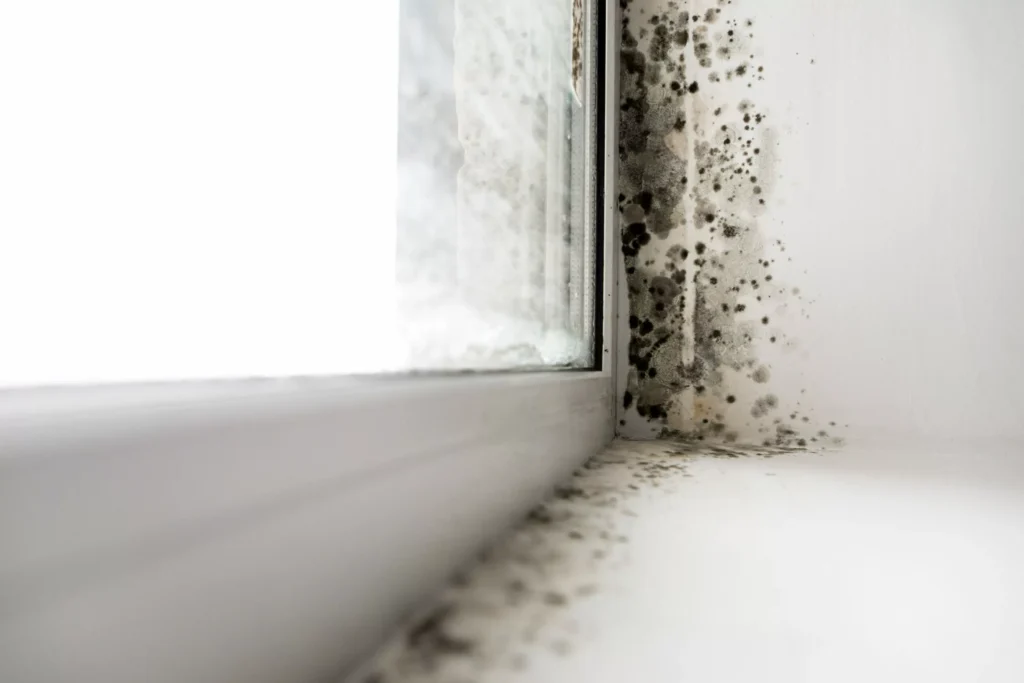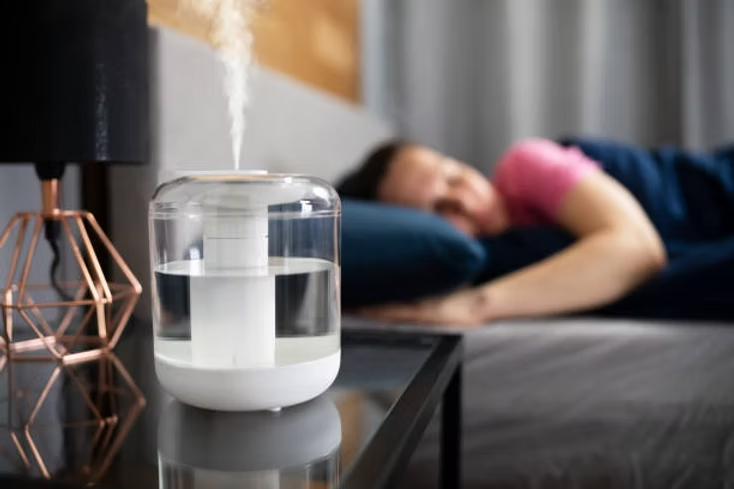Mold Prevention for Seasonal Changes: Summer vs. Winter Tips
- admin323029
- Blog

Mold doesn’t take a vacation. It can thrive year-round, but the conditions that encourage mold growth vary greatly between summer and winter. During the summer, high humidity and heat are the main culprits, while in the winter, condensation and poor ventilation create opportunities for mold to take hold.
Understanding how seasonal changes affect mold growth is key to keeping your home safe and healthy all year. In this article, we’ll provide practical tips to prevent mold in both summer and winter, helping you protect your home no matter the season.
Why Mold Prevention Is a Year-Round Priority
Mold thrives in environments with:
- Moisture (from leaks, humidity, or condensation)
- Warmth (temperatures between 60–80°F are ideal for most molds)
- Organic Matter (like wood, drywall, or fabrics, which mold uses as food)
Seasonal changes can create these conditions in different ways. During summer, high humidity and warm temperatures accelerate mold growth, especially in poorly ventilated areas. In winter, condensation forms on cold surfaces, creating hidden moisture pockets where mold can grow unnoticed.
Addressing these seasonal factors is critical to staying ahead of mold issues and maintaining a healthy indoor environment.
Summer Mold Prevention Tips
Hot, humid summers are a prime time for mold growth. Here’s how to stay ahead of the problem:
1. Control Indoor Humidity
Humidity is the #1 contributor to mold growth in the summer. To keep indoor humidity levels in check:
- Use a dehumidifier to maintain humidity levels between 30–50%.
- Run your air conditioner to cool the air and remove excess moisture.
- Ventilate humid spaces like bathrooms, kitchens, and laundry rooms with exhaust fans.
2. Keep Your Home Ventilated
Proper airflow reduces moisture buildup in stagnant areas.
- Open windows (when humidity is low) to improve ventilation.
- Use ceiling fans to circulate air.
- Avoid blocking vents or air returns with furniture.
3. Address Leaks and Standing Water
Even small leaks can lead to significant mold problems if ignored.
- Fix plumbing leaks as soon as they occur.
- Inspect your roof and gutters for leaks or damage after heavy rains.
- Keep an eye out for standing water in basements, garages, and crawl spaces, and dry it promptly.
4. Use Mold-Resistant Products
If you’re renovating or painting during the summer, consider:
- Mold-resistant paint for walls, ceilings, and basements.
- Mold-resistant drywall or insulation in moisture-prone areas.
5. Clean and Dry Frequently Used Spaces
Summer activities like swimming or outdoor play can bring excess water into your home.
- Wash and dry wet towels, swimsuits, and pool gear promptly.
- Ensure carpets and rugs dry completely if exposed to water.
Winter Mold Prevention Tips
Winter presents unique mold risks due to condensation and poor ventilation, especially in homes with airtight insulation. Here’s how to combat winter mold:
1. Prevent Condensation on Windows and Walls
Cold surfaces, like windows and exterior walls, often develop condensation in the winter. This moisture can become a breeding ground for mold.
- Use double-pane or insulated windows to reduce condensation.
- Wipe down windowsills and frames regularly to remove excess moisture.
- Install thermal curtains or blinds to insulate windows and prevent cold air from contacting warm indoor air.
2. Improve Ventilation in Sealed Homes
Many homes are sealed tightly during the winter to conserve heat, but this can trap moisture indoors.
- Use a heat recovery ventilator (HRV) to balance fresh air intake and reduce excess moisture.
- Crack open windows for short periods to improve airflow without losing too much heat.
- Ensure attic vents and bathroom fans are functional and used regularly.
3. Monitor Indoor Humidity
Dry winter air can lead homeowners to use humidifiers, but excessive humidity can cause mold.
- Keep humidity levels below 50% in winter to prevent condensation.
- Use a hygrometer to monitor indoor humidity levels.
4. Watch for Hidden Mold in Heating Systems
Mold can develop in ducts and heating systems that haven’t been cleaned.
- Replace HVAC filters regularly.
- Have your ducts inspected for mold or debris buildup.
- Schedule a professional HVAC cleaning annually.
5. Check for Ice Dams and Roof Leaks
Ice dams can form on roofs during winter, trapping water and causing leaks that lead to mold.
- Remove snow from your roof promptly to prevent ice dams.
- Ensure proper attic insulation to prevent heat loss and snow melting unevenly on the roof.
Year-Round Mold Prevention Strategies
Some tips work regardless of the season and should be part of your regular home maintenance routine:
1. Inspect Vulnerable Areas Regularly
- Check basements, attics, bathrooms, and kitchens for signs of mold or moisture.
- Look for water stains, discoloration, or musty smells.
2. Repair Leaks Immediately
- Fix plumbing, roof, or foundation leaks as soon as you spot them.
- Seal cracks and gaps around doors, windows, and exterior walls.
3. Clean and Declutter
- Regularly clean areas where dust and moisture can accumulate, such as behind furniture or under sinks.
- Declutter storage areas like basements and closets to improve airflow.
4. Use Mold-Resistant Products
Incorporate mold-resistant materials during renovations to protect your home long-term.
FAQs About Mold Prevention for Seasonal Changes
How can I tell if my home is too humid in the summer? If you notice condensation on windows, musty smells, or sticky air, your home is likely too humid. Use a hygrometer to confirm humidity levels and aim for 30–50%.
What’s the best way to prevent mold during winter? Focus on reducing condensation by insulating cold surfaces, maintaining good ventilation, and monitoring indoor humidity levels.
Can mold grow in cold temperatures? Yes, mold can grow in temperatures as low as 40°F if moisture is present. Cold, damp areas like basements and crawl spaces are particularly vulnerable.
Do air purifiers help prevent mold? Air purifiers with HEPA filters can trap mold spores and improve air quality, but they won’t prevent mold growth caused by excess moisture.
What’s the ideal indoor temperature to prevent mold? Keep your home between 68–72°F in winter and use your air conditioner in summer to maintain a comfortable, mold-resistant environment.
Conclusion
Mold Prevention for Seasonal Changes: Mold doesn’t care about the season—it just needs moisture and the right conditions to grow. By tailoring your prevention strategies to the unique challenges of summer and winter, you can protect your home year-round. Whether you’re controlling summer humidity with a dehumidifier or insulating windows to stop winter condensation, small steps can go a long way in keeping mold at bay.
Stay vigilant, monitor your home’s conditions, and act quickly at the first signs of mold to ensure a safe, healthy environment for you and your family.
Reference Links:
Are you worried about the cleanliness of your space?
Let us help you! Cleaning services are our specialty, and we offer a complete range of cleaning and maintenance services. Get a free estimate!




